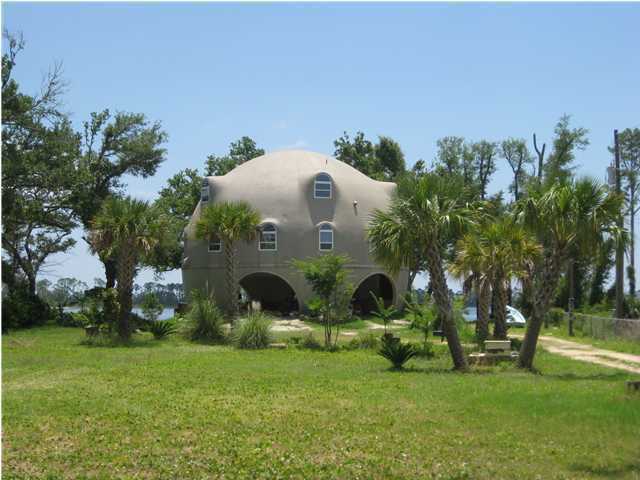Bear markets are changing housing from McMansions to “disaster chic” according to Alan Hall. In his article for Elliottwave International, Hall writes that the bear markets of the last eight years have affected housing design. “In other words, eight years ago, as social mood was rolling over to the downside, McMansions were on the way out.”
Hall quotes a recent article in Gizmodo:
“Why is disaster chic so alluring? Is it the constant threat of imminent chaos — climate chaos, statehood chaos, economic chaos — rearing its ugly head? Is it that people enjoy seeing themselves as survivors, in one way or another? Or is it that this tech is a kind of status symbol in some future Elysium-style world where only the wealthy have access to savior technology?”
Then Hall writes:
Going forward, investors and homebuilders could profit from a correct prediction of the future of housing, so how could a visionary architect do a better job of that? Socionomics offers two answers:
First, don’t extrapolate the recent past into the future.
Second, in light of the long-term Elliott wave count for the stock market (social mood’s best-known barometer) expect a long-term trend toward conservation and defensiveness.
And third, look for existing construction technologies that make sense in this light.
One such technology that solves the high-maintenance, low-security, and energy waste of bull-market houses (as well as windstorm, fire, and termite vulnerability) is the monolithic concrete dome. Its cost is competitive with conventional housing, the design is much simpler, far more durable and exponentially stronger.
One of the few problems with the dome design is that it’s not socially accepted right now. That may change. A shifting social penchant toward rounder shape, smaller windows, and more sensible economy may make the concrete dome a leading candidate for the “Bear-Market House” of the future.
We believe that Monolithic Dome housing is more than survivability. The dome’s green side — energy savings and better lifetime performance — means it offers more than physical security. If we expand his argument to include increased energy costs, we see that green buildings may be part of this “socionomic” process as well.
Hall’s right that we cannot be complacent anymore. We need to stop slapping together structures that appear nice, but perform poorly. Everyone should expect high performance housing with better survivability, energy efficiency, and longevity.
It is an interesting read. Go finish his story, How Is a ‘Bear-Market House’ Different from a ‘Bull-Market House’? on Elliottwave International’s website.
